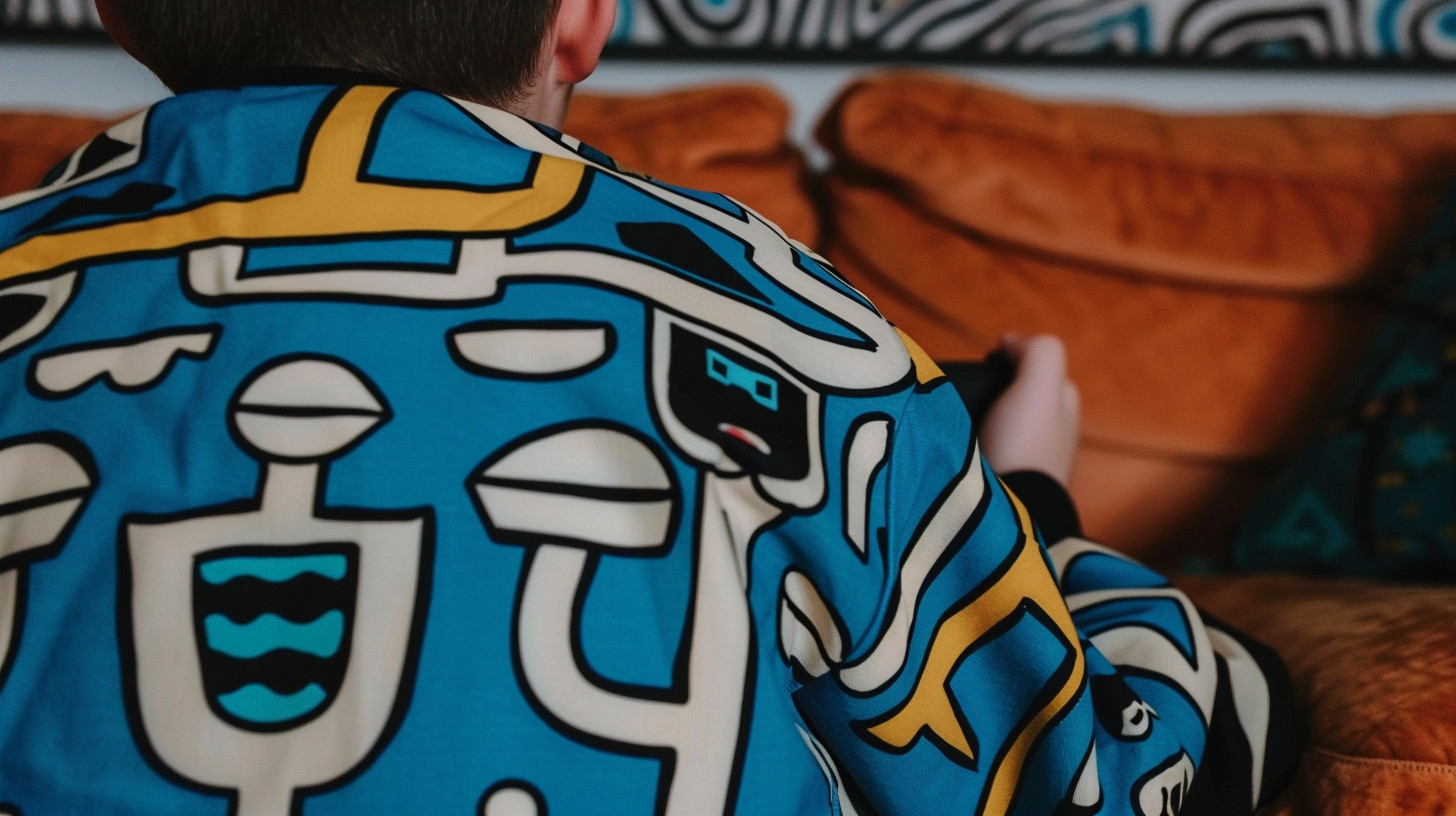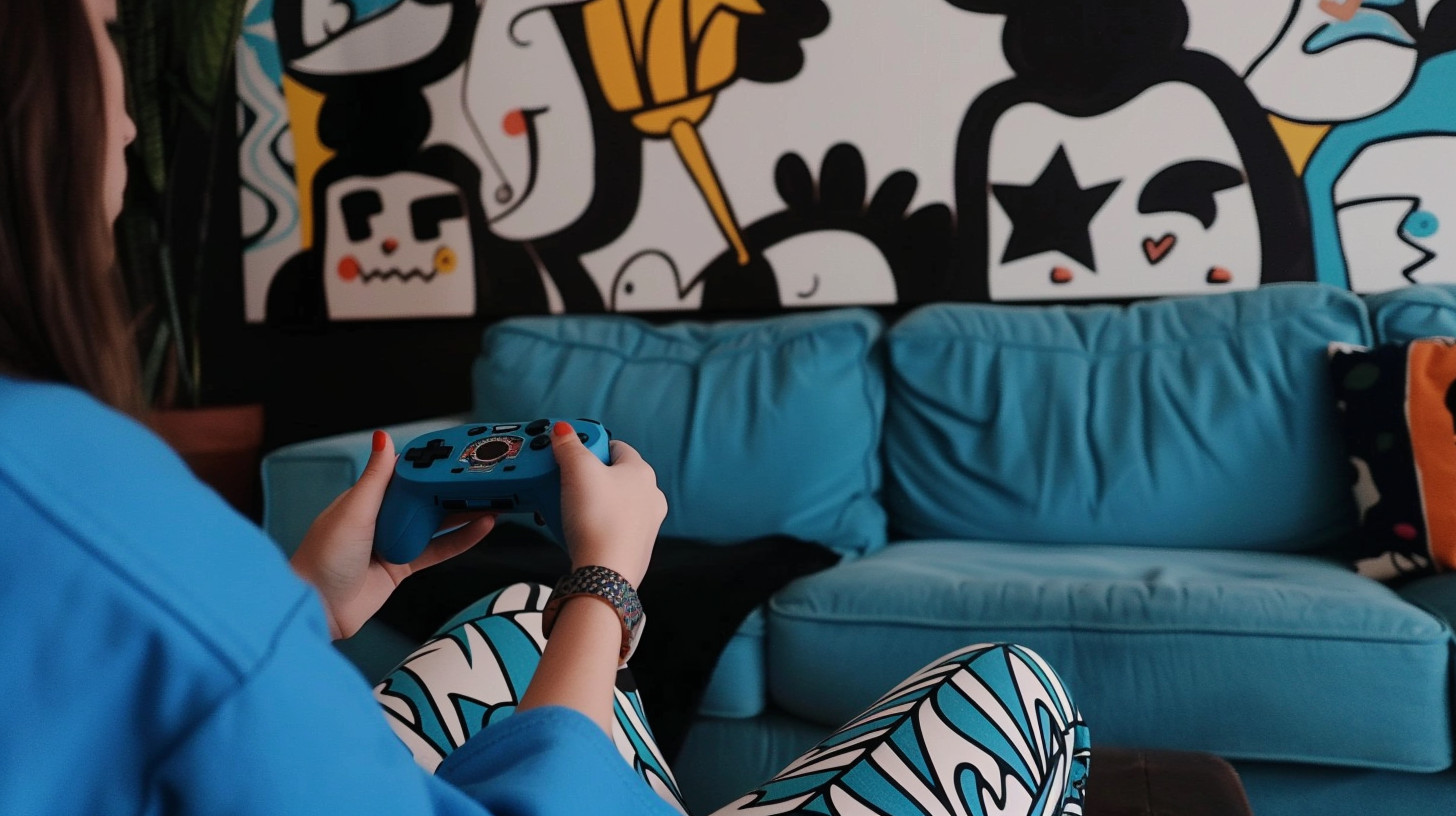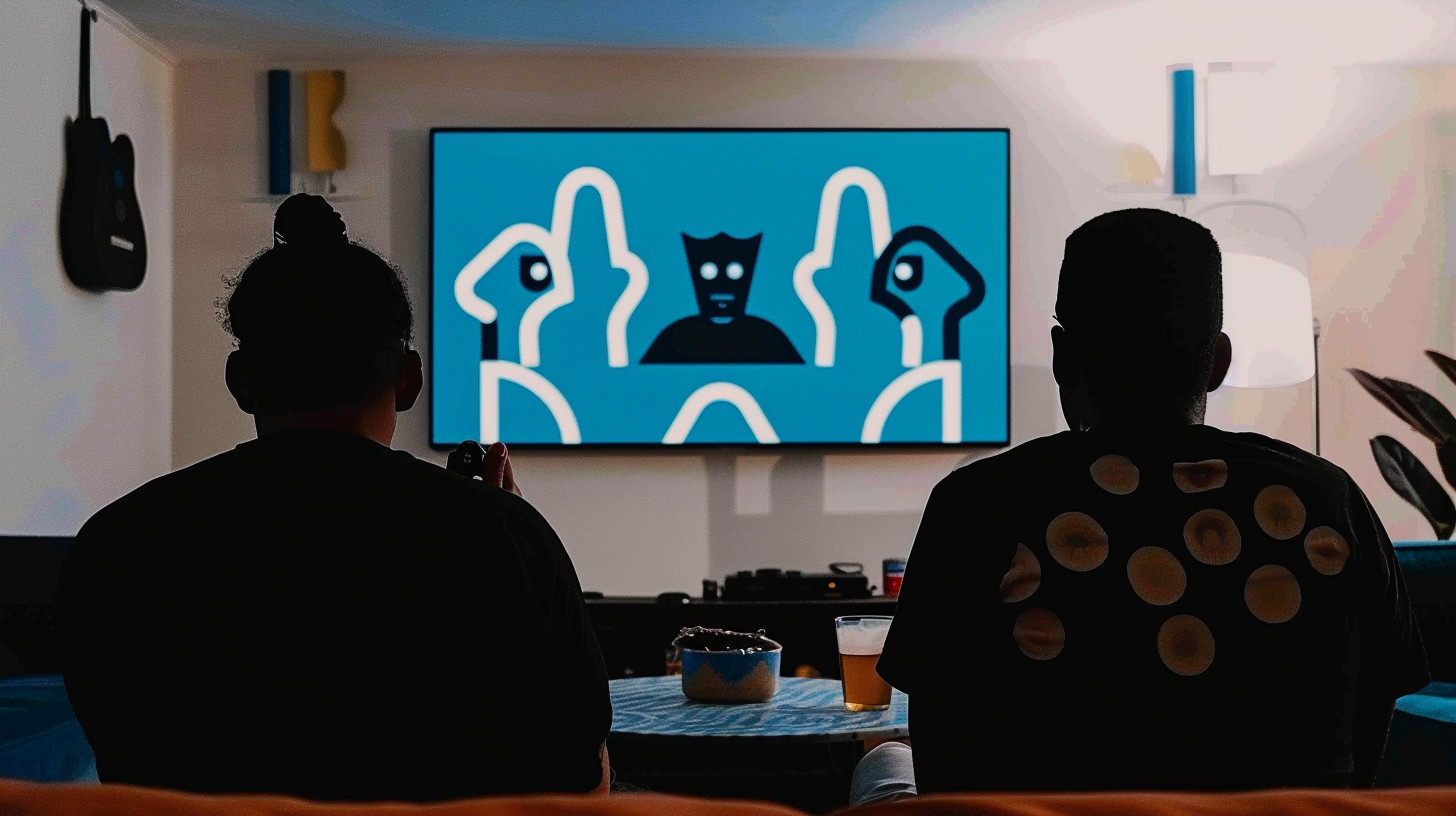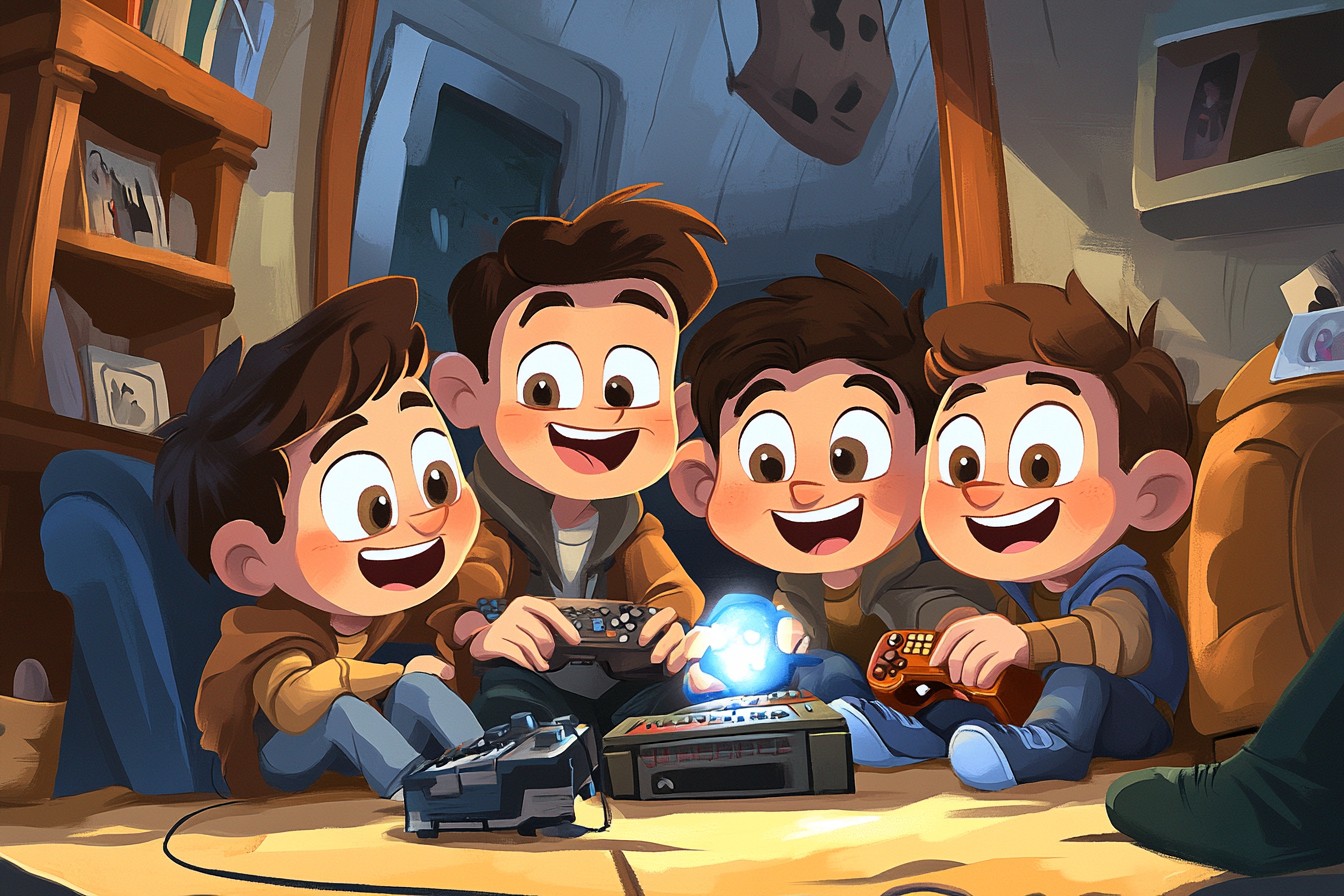My first real couch co-op experience happened in 1988 when my brother Dave finally let me be Player 2 in Contra on our NES. I was ten years old, he was fourteen, and up until that point, he’d always pulled the “I’m older so I get to play and you get to watch” card. But Contra changed everything. The game was brutally difficult for a solo player, and after watching Dave die repeatedly one Saturday afternoon, I built up the courage to suggest we try the two-player mode. “You’ll just waste lives,” he grumbled, but desperation overcame his reluctance. He handed me the second controller—the one with the slightly sticky A button from a previous soda incident—and just like that, I was promoted from spectator to essential teammate.

We were terrible. Our first few attempts barely got us past the second level, with Dave shouting contradictory instructions at me while I frantically tried not to fall into water or get hit by bullets approximately the size of my character. But something magical happened around our fifth attempt—we started to communicate. Real communication, not just my brother barking orders. “I’ll go high, you go low,” he’d say as we approached a split-path section. “Save the spread gun for me, you’re better with the laser,” I’d respond. For the first time in our often-adversarial sibling relationship, we were working as a genuine team with complementary roles. By the end of the afternoon, we’d made it to the alien lair, and though we didn’t beat the game that day, something more important had happened—video games had transformed from a solitary or competitive activity into a cooperative experience that actually brought us closer together.
That’s the unique magic of couch co-op gaming: it creates a shared challenge that requires real-time communication, coordination, and often physical proximity in a way that few other activities can match. In the years that followed that Contra breakthrough, couch co-op became the centerpiece of my gaming life. From Streets of Rage marathon sessions with my neighbor Tyler to four-player Teenage Mutant Ninja Turtles arcade cabinets where we’d pool our quarters to beat Shredder, these shared-screen experiences defined gaming’s most social era.
The mechanics of early co-op games were often brutal by today’s standards. Games like Contra gave each player a limited set of lives, and when you ran out, you were done—left to watch your partner struggle alone unless they could reach a certain point to bring you back. This created a fascinating dynamic where the more skilled player sometimes had to make sacrifices to keep their partner in the game. I still remember Dave deliberately taking a hit in Contra’s waterfall level so I could grab an extra life, knowing I’d need it more than him. “Don’t waste it,” he muttered, but there was no real annoyance in his voice—just the understanding that our shared success depended on resource management that sometimes favored the weaker player.

Streets of Rage on the Genesis evolved the formula with special moves that cost health, creating strategic decisions about when to sacrifice your own wellbeing for team advantage. My friend Tyler and I developed an entire language of shorthand callouts while playing. “Star move!” meant I was about to use my screen-clearing special attack, so he should focus on surviving rather than attacking. “Toss me the apple!” meant leave the health pickup for whoever was in worse shape. These weren’t just gameplay strategies—they were collaborative communication skills developing in real-time, teaching us lessons about teamwork that extended beyond the game itself.
The golden age of 16-bit co-op coincided with my middle school years, when complicated social dynamics made every interaction feel loaded with significance. Yet around a shared screen, many of those anxieties melted away. I remember playing Zombies Ate My Neighbors with a kid named Marcus who was wildly popular and normally wouldn’t give me the time of day at school. But in the context of navigating hedge mazes while avoiding chainsaw maniacs, our social hierarchy temporarily dissolved. When I figured out how to use the weed whacker effectively against the werewolf enemies, Marcus looked at me with genuine respect—a small moment, perhaps, but meaningful for a socially awkward kid always on the periphery of the cool crowd.
The shift to 3D gaming in the PlayStation and N64 era temporarily disrupted the co-op experience. Many early 3D games struggled with camera systems for a single player, let alone managing split-screen perspectives. But titles like GoldenEye 007 eventually cracked the code, though primarily through competitive rather than cooperative play. It wasn’t until Halo on the original Xbox that co-op gaming truly entered its modern era. The first time my college roommate and I connected two Xboxes with a LAN cable for proper co-op campaign play, it felt revolutionary. We pushed our dorm room desks together, positioned our small TVs side by side, and embarked on an all-night mission to save humanity from the Covenant.

What made Halo’s co-op special wasn’t just the technical achievement of supporting two players through the entire campaign—it was how the game designed scenarios that felt dramatically different depending on whether you played solo or with a partner. Vehicle sections transformed entirely, with one player driving while the other manned the gun. Certain enemy encounters that were brutal single-player gauntlets became strategic puzzles with two Spartans working in tandem. “I’ll draw their fire, you flank left” became our standard approach, with an unspoken understanding of who would take which role based on our individual playstyles and skill sets.
The evolution of revival mechanics marked a significant turning point in co-op design. Early games simply had you wait until your partner reached a checkpoint to rejoin. Later titles like Gears of War introduced the downed-but-not-out system, where players could crawl to safety or be revived by teammates. This mechanical change had profound effects on the social dynamics of co-op play. Suddenly, moments of crisis became opportunities for heroism or heartbreaking failure. I still give my friend Mike grief about the time he tried to revive me during a Berserker encounter in the original Gears, only for both of us to get pulverized as a result. “Your sacrifice would have been more heroic if it had actually worked,” I teased him. These shared stories of triumph and disaster became part of our friendship’s mythology, inside jokes and references that persisted long after we’d moved on to other games.
Split-screen technology introduced new challenges and opportunities for co-op gameplay. Suddenly you could separate and explore different areas, but this came at the cost of screen real estate and sometimes created disorientation. Left 4 Dead handled this brilliantly by keeping players together most of the time but allowing temporary separation when necessary. My wife (then girlfriend) and I played through both Left 4 Dead games despite her generally not enjoying shooters—the cooperative nature and role specialization allowed her to focus on spotting Special Infected and healing the team while I handled most of the front-line combat. It was one of our first experiences discovering how co-op games could create space for players of different skill levels and preferences to enjoy the same experience together.

The logistics of couch co-op created their own unique social rituals. Who got which controller was often a carefully negotiated peace treaty. The “good controller” (the one without drift or sticky buttons) usually went to the home player or whoever had most recently suffered an unfair death due to equipment failure. Seating arrangements became strategically important—the player who needed to perform precision jumps got the spot directly in front of the TV, while the player handling navigation and puzzle-solving could sit at an angle. Snack breaks had to be coordinated, leading to the universal pause-for-pizza rule. These physical, real-world interactions formed around the digital experience were as much a part of couch co-op’s magic as the gameplay itself.
The decline of split-screen and couch co-op in the late 2000s and early 2010s felt like losing something precious. As online multiplayer became the dominant paradigm, many developers simply stopped including local cooperative options. The technical explanations made sense—modern games were pushing hardware to its limits, and rendering the same high-fidelity worlds twice on a single screen was challenging. But I couldn’t help feeling that something essential was being sacrificed on the altar of graphical fidelity. When a developer would proudly announce their game had dropped split-screen to maintain frame rate, I’d think, “I’d gladly take a frame rate hit to play with my friend right here on my couch.”
The practical reasons for this shift were multiple: TVs moved from bulky CRTs to flatscreens that actually made split-screen harder to see clearly; living arrangements changed with more adult gamers living alone; internet connections became fast enough to make online play smoother. But the social experience fundamentally changed. Playing online with a friend, even with voice chat, removes the physical dimension of shared experience—the ability to see their facial expressions when they nearly fall off a cliff, the spontaneous high-five when you defeat a boss, the shared groan when you both realize you’ve been going in circles for twenty minutes.

Fortunately, the past few years have seen something of a couch co-op renaissance, particularly in the indie space. Overcooked and its sequel brought back the pure chaotic joy of shoulder-to-shoulder cooperation and communication. My wife and I played through both games, our kitchen coordination evolving from disastrous to surprisingly effective as we developed our own shorthand. “You chop, I’ll cook” became our standard division of labor, with split-second adjustments when fire inevitably broke out in our virtual kitchen. These games brilliantly captured what made classic co-op special—simple controls but deep coordination challenges that created natural moments of both tension and celebration.
The asymmetric co-op design pioneered by games like Brothers: A Tale of Two Sons and fully realized in titles like It Takes Two represents perhaps the most interesting evolution of the form. Having each player control fundamentally different abilities forces communication and coordination in ways that more traditional co-op doesn’t. When my friend Alex and I played through It Takes Two last year, the constant shifting of mechanics kept us engaged and talking, solving puzzles that literally could not be completed without coordination. I’d argue this design approach captures the essence of why couch co-op matters—it’s not just about sharing the challenge; it’s about creating challenges that require sharing to overcome.
Drop-in, drop-out accessibility has been another welcome improvement in modern co-op design. The rigid structures of the past, where Player 2 could only join at specific points, have given way to more flexible systems. Games like Minecraft, Stardew Valley, and Animal Crossing: New Horizons allow seamless joining and leaving, making them perfect for casual co-op sessions that can adapt to real-life interruptions. This flexibility has made co-op gaming more accessible to families and busy adults who can’t always commit to an uninterrupted gaming marathon.
My own gaming setup now includes a dedicated couch co-op station, with four controllers always charged and ready, extra-long cables to avoid the dreaded “controller yank,” and a cabinet of games specifically selected for their local multiplayer support. Game nights have become a regular social event in our home, with friends who otherwise wouldn’t consider themselves “gamers” happily joining in for rounds of Jackbox, Gang Beasts, or Moving Out. The physically shared experience creates a different kind of social connection than online play—more immediate, more personal, with natural conversation flowing between rounds.
What I’ve noticed most about these modern couch co-op sessions is how quickly they break down barriers between people who might otherwise struggle to find common ground. My tech-averse father-in-law became unexpectedly invested in helping navigate The Dark Pictures Anthology: Man of Medan during a family gathering, offering suggestions and gasping at jump scares alongside everyone else. My wife’s coworker, initially shy at our housewarming party, opened up completely during a heated Ultimate Chicken Horse tournament. These games create a shared focus that alleviates the pressure of direct social interaction while still fostering connection.
The future of couch co-op seems cautiously bright. Nintendo continues to prioritize local multiplayer experiences, understanding their value for family gaming. Cross-play between devices is creating new possibilities for shared-room gaming without necessarily sharing a screen. And developers are increasingly recognizing that there’s a dedicated audience willing to support games that facilitate in-person social experiences. I’m hopeful that as gaming continues to evolve, the unique joy of turning to your friend sitting right next to you and sharing an immediate, unfiltered reaction to a shared virtual experience won’t be lost.
For all the technological advancements in modern gaming—the photorealistic graphics, the massive online worlds, the complex systems—nothing has quite replicated the simple magic of that moment in 1988 when my brother handed me the second controller and we discovered that working together was not just more effective, but more fun. In an increasingly isolated digital landscape, there remains something special about sharing both physical and virtual space, communicating not just through headsets but through nudges, expressions, and the unspoken understanding that comes from being present together. Couch co-op isn’t just a gaming mode—it’s a uniquely powerful form of connection that deserves to be preserved and celebrated.





